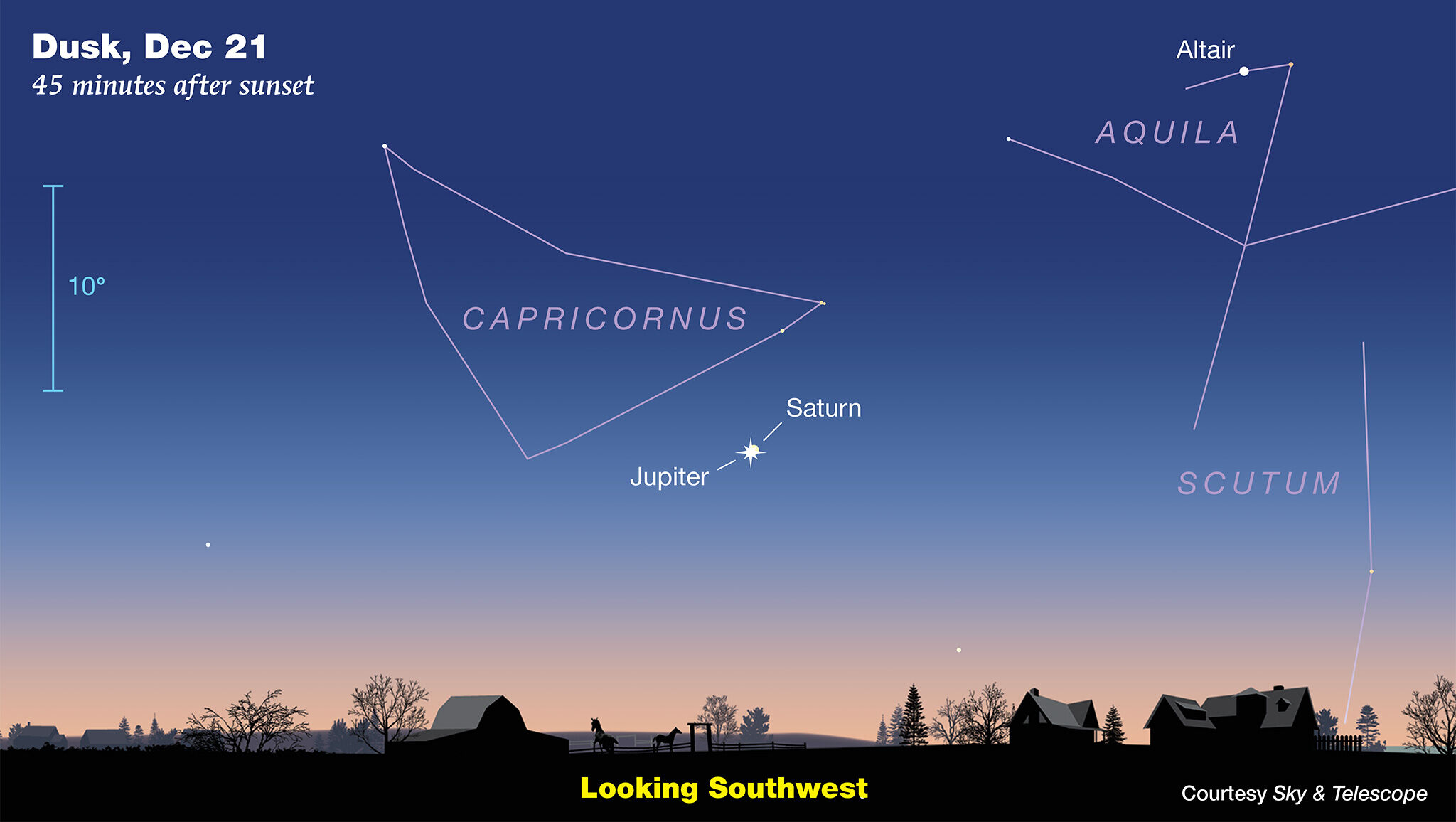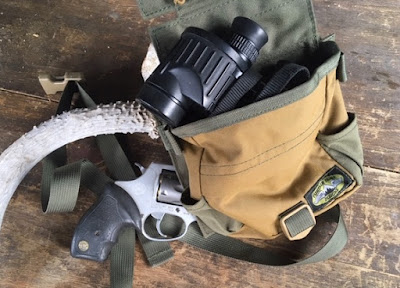 |
| Two "bear boxes" partway through painting and another vintage camera wrapped in UCP camouflage tape. |
Earlier this month the Arizona Game and Fish Commission voted to adopt this rule governing the use scout (game, trail) cameras:
R12-4-303: A person shall not use a trail camera, or images from a trail camera, for the purpose of taking or aiding in the take of wildlife, or locating wildlife for the purpose of taking or aiding in the take of wildlife.
The commissioners listed several reasons for the proposed new regulation, according to the website GoHunt.com:
- Concerns over the use of trail cameras as it relates to Fair Chase. Commission Policy on Fair Chase includes: “…new or evolving technologies and practices that provide hunters or anglers with an improper or unfair advantage in the pursuit and taking of wildlife, or may create a public perception of an improper or unfair advantage…” This applies to areas where water is primarily point source water and game cannot escape detection.
- Concerns that the use of trail cameras has become an increasing source of conflict between and amongst hunters, including the sense of ownership over a water source and hunting area.
- Concerns that frequent visits to set/check trail cameras are creating a significant disturbance to wildlife during extended dry periods of the year.
- Concerns among some livestock operators that frequent visits to set/check trail cameras are negatively affecting livestock operations.
- Concerns over the potential biological effects of setting/checking trail cameras on point source waters, especially during the ongoing drought.
- Concerns stemming from photos being taken of other people in the field by trail cameras.
- Complaints about the high numbers of trail cameras on the landscape and water sources, and concerns over the high number of trail cameras that may be on the landscape in the future as the population in Arizona continues to grow rapidly, technology continues to improve, prices go down, and availability increases.
- Complaints about damage to and theft of trail cameras.
Information on where to submit comments during January 2021 is here (scroll down).
I am conflicted, I will admit. Is this another case of Something is OK when a few people do it, but a disaster when a whole mob of people do it?
I rarely see a scout camera, and when I do, it has more often been on private land, where I was hunting with permission but the landowner had given someone else permission to hang a camera. OK, no problem. You don't have to be this guy:
Whenever I come across a game cam in the woods I give them a "full moon" :)
I have two up all summer on public land, one BLM and one national forest, but I take them down in advance of (rifle) big-game seasons. One was found by a bowhunter once—he told me about it when I met him while dog-walking, and I knew it was mine by the description.
The problem is, how do you differentiate between general wildlife study and hunting? I like getting pictures of animals that I do not hunt, but I will admit that at times I have seen some buck mule deer, for example, and drawn conclusions about hunting in that area.
One more exchange from the comments at GoHunt.com:
I urge Commissioners to vote for a total ban. The trail camera has help create a class of hunters that have little skills and knowledge about game. Spent some time in the field scouting and truly learn about the animals you are hunting, the country where the live. Head out before first light and learn how to read signs, weather patterns, game movement, and how to read a map and use a compass. Thank you, Mark S
followed by
Hi Mark, I was harvesting big animals before trail cams. Not all of us that run cams are bad hunters! If fact most are good hunters but enjoy the Treasure hunt. If we must have a cam season so be it.
But here is the cold hard facts. There will always be Trail cams on public land. Anybody without a hunting license (birdwatcher and sierra club member or family member) or a tag can put up a cam as long as they are not taking or aiding in the taking of wildlife.
Why would any hunter want another freedom taken away?
and this
I have no problem with a cam near a whitetail stand back East but in AZ at least, outfitters canvas an area with cams and target specific animals for clients. It's not one hunter and a few cams. It's no longer fair chase.Um, yeah. The concern about cameras concentrated at water sources, however, could applied anywhere in the southern Rockies. Don't think that New Mexico and Colorado will not be paying attention.



































